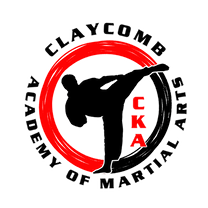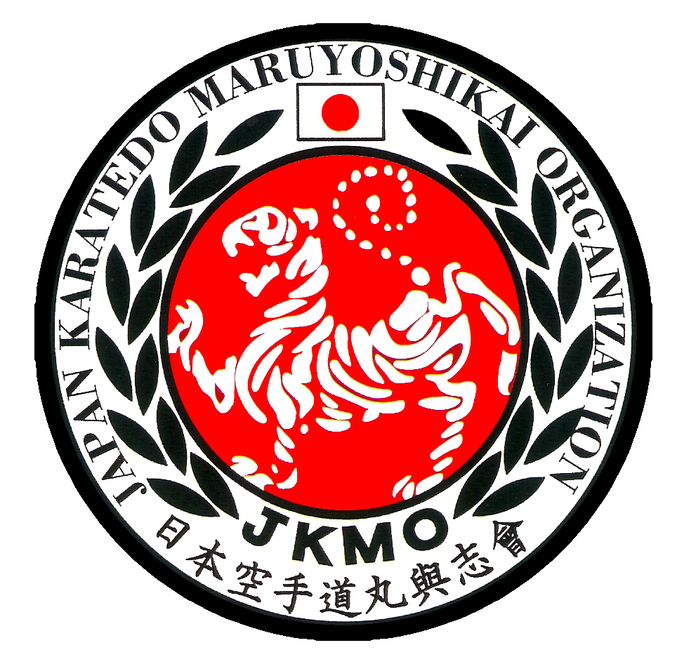What you need to know about Karate
The martial arts world is much varied and colorful. With many cultures having developed their own unique form of martial arts, the name game becomes too confusing and at times misleading. Among these arts however, one name tends to be much better known and more easily recognized. Karate (kara-teh), Japanese term meaning "empty hand", is the most commonly recognized, and yet misused name in the martial arts world.

However, the general public has been mislead and misinformed for many years, with the inappropriate use of the term "Karate."
Many Korean and American martial arts schools misguide the public by using the word "Karate" in place of or in conjunction with their name. This is purely a marketing ploy, to take advantage of uninformed prospects. When in fact, they have no understanding of the intricacies of Japanese martial arts. The unsuspecting public is then intentionally mislead to committing to years of training in a mixed style that has neither authenticity, usefulness or purpose. The only goal of these schools is to defraud the public for financial gain.
The term "American Karate" or "Korean Karate" would be just as misleading as "Japanese Tae kwon do" , "Japanese Kung-fu." or "Brazilian Tai chi" The fact is, none of these terms are correct or truthful.
Many Korean and American martial arts schools misguide the public by using the word "Karate" in place of or in conjunction with their name. This is purely a marketing ploy, to take advantage of uninformed prospects. When in fact, they have no understanding of the intricacies of Japanese martial arts. The unsuspecting public is then intentionally mislead to committing to years of training in a mixed style that has neither authenticity, usefulness or purpose. The only goal of these schools is to defraud the public for financial gain.
The term "American Karate" or "Korean Karate" would be just as misleading as "Japanese Tae kwon do" , "Japanese Kung-fu." or "Brazilian Tai chi" The fact is, none of these terms are correct or truthful.
"True karate" is based on Japanese / Okinawan systems, and is divided into four major styles. These are Shotokan, Shito, Wado and Goju Ryus (or methods).
Karate has proven to be the most enduring and popular of all martial arts, due to the unique blend of techniques and movements ranging from kicking, punching and grappling, along with adaptability which allows for everyone to practice it well in to their senior years. These elements enhance the ability of the practitioner and provide a technical advantage over other forms of martial arts.
At Claycomb Academy Of Martial Arts we only teach the true & pure form of Karate, which originates from Okinawa and Japan. Our style of Karate is called Shotokan. Shotokan is practiced worldwide, and on many college campuses. It is one of only four styles of Karate recognized by the International Olympic Committee (IOC).
At claycomb Academy, we are also a proud member of the
"Japan Karate-do Maruyoshikai Organization"
Karate has proven to be the most enduring and popular of all martial arts, due to the unique blend of techniques and movements ranging from kicking, punching and grappling, along with adaptability which allows for everyone to practice it well in to their senior years. These elements enhance the ability of the practitioner and provide a technical advantage over other forms of martial arts.
At Claycomb Academy Of Martial Arts we only teach the true & pure form of Karate, which originates from Okinawa and Japan. Our style of Karate is called Shotokan. Shotokan is practiced worldwide, and on many college campuses. It is one of only four styles of Karate recognized by the International Olympic Committee (IOC).
At claycomb Academy, we are also a proud member of the
"Japan Karate-do Maruyoshikai Organization"
Originally, Okinawan / Japanese Karate was designed to be taught to adults, and rarely to children. However, due to the popularity of Karate with children, age appropriate classes and curriculum were designed.
The path of Karate is simple, and yet not an easy one. As with any worthwhile endeavor, it requires great courage to begin the journey, and substantial amount of effort, sacrifice, and perseverance to continue.
The goal of improving one's self is not easy, nor should it be. But we are certain that anyone, young or old, regardless of their physical ability or disability, can take advantage of the teachings of karate, and the ultimate inner strength and tranquility that it entails.
The path of Karate is simple, and yet not an easy one. As with any worthwhile endeavor, it requires great courage to begin the journey, and substantial amount of effort, sacrifice, and perseverance to continue.
The goal of improving one's self is not easy, nor should it be. But we are certain that anyone, young or old, regardless of their physical ability or disability, can take advantage of the teachings of karate, and the ultimate inner strength and tranquility that it entails.

